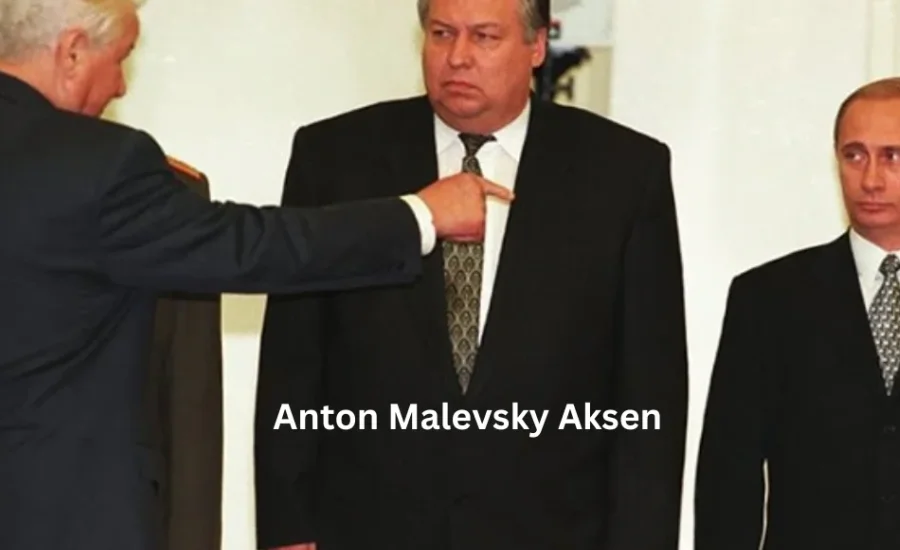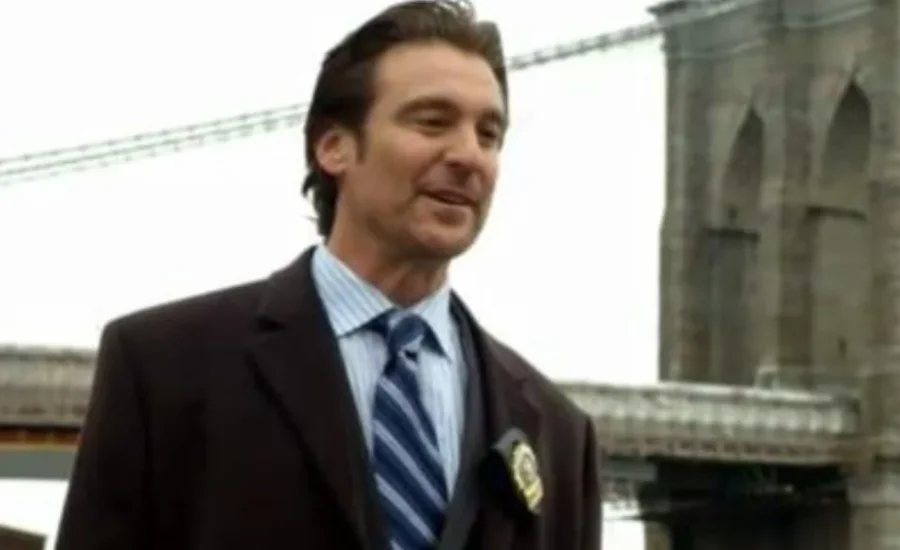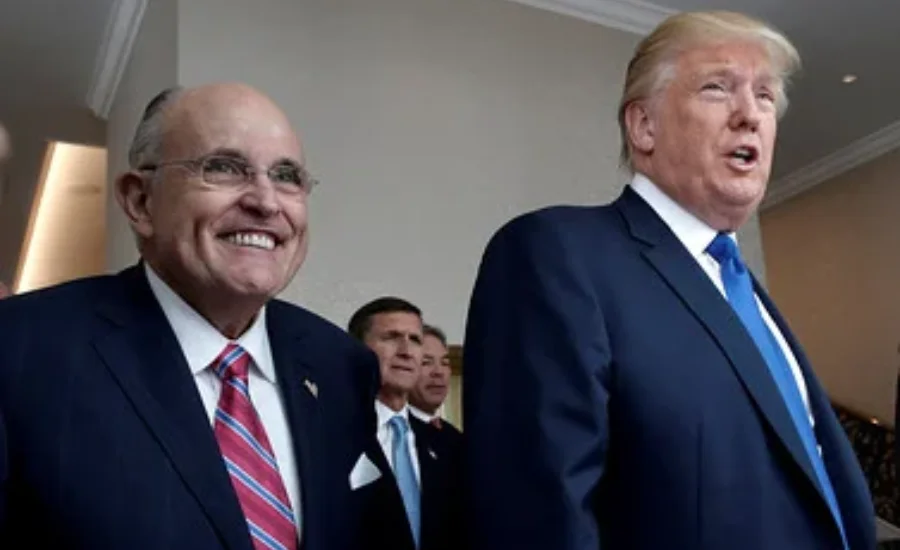Anton Malevsky Aksen is a name that resonates through the corridors of recent history, embodying a figure marked by intrigue and contention. His life story, rich with ambition and controversy, paints a vivid picture of a man whose influence extended far beyond his immediate surroundings.
Emerging from the tumultuous landscape of post-Soviet Russia, Aksen’s trajectory is nothing short of captivating. His ascent to power is interwoven with claims of illicit activities, making him a polarizing figure in discussions of contemporary Russian history. While some view him as a savvy strategist who navigated the chaotic political climate of the time, others cast him as a criminal mastermind entangled in nefarious dealings.
As we delve into Aksen’s complex legacy, we encounter a narrative that often blurs the lines between reality and myth. His untimely demise only adds to the intrigue, leaving many questions unanswered about the true nature of his influence and the circumstances surrounding his life and death.
Join us in exploring the multifaceted persona of Anton Malevsky Aksen. Through careful examination of his life and the controversies that swirl around him, we aim to shed light on this fascinating character, allowing you to form your own opinion about his enduring legacy.
Early Life of Anton Malevsky Aksen
Anton Malevsky Aksen entered the world on January 5, 1966, in Moscow, Russia, a period marked by the formidable grip of the Soviet Union. Growing up in this environment, Aksen was surrounded by a society where authority and influence were predominantly held by the state. However, as he navigated his formative years, the foundations of this rigid system began to show signs of strain, setting the stage for a future filled with complexity and intrigue.
The Rise of the Izmailovskaya Group
Under the leadership of Anton Malevsky Aksen, the Izmailovskaya group emerged as one of the most infamous criminal organizations in Russia. This syndicate gained notoriety for its strategic alliances with unscrupulous business leaders and corrupt politicians, facilitating extensive money laundering operations and evading detection by law enforcement agencies. By leveraging the chaos of post-Soviet privatization, Malevsky and his associates seized control of several profitable enterprises, particularly in the natural resources and manufacturing sectors.
What set Malevsky apart from his contemporaries was his astute grasp of international finance and business practices. This knowledge enabled him to extend the group’s reach beyond Russian borders. He established a network of shell companies and offshore accounts, effectively obscuring the group’s illegal activities. Furthermore, Malevsky cultivated relationships with other criminal networks across Europe, the United States, and Africa, solidifying the Izmailovskaya group’s position in the global underworld.
Corruption Allegations

Rumors have circulated regarding Anton Malevsky Aksen’s purported engagement in corrupt activities. Critics assert that he utilized his political connections to secure advantageous contracts for his ventures. Although these claims lack definitive proof, they have undoubtedly tarnished Aksen’s reputation and ignited fervent discussions about the need for transparency in governmental transactions.
Aksen’s approach to business has faced significant criticism as well. Detractors contend that his assertive growth tactics verge on monopolistic practices, which could hinder competition in essential sectors. This raises pertinent questions about the long-term implications of such strategies and their compatibility with the principles of fair market competition.
Environmental advocates have voiced concerns regarding the ecological consequences of Aksen’s industrial operations. Discussions around the balance between economic advancement and environmental responsibility have intensified, with some accusing him of prioritizing profits over sustainable practices. These issues underscore the intricate dilemmas that contemporary industrialists encounter in an era increasingly focused on ecological awareness.
The Rise of Organized Crime Post-Soviet Union
The dissolution of the Soviet Union in 1991 marked a pivotal moment for organized crime in Russia. The collapse of the communist regime created a power vacuum that criminal organizations swiftly exploited.
During this tumultuous time, Anton Malevsky Aksen emerged as a prominent figure, leading the Izmaylovskaya group, one of Russia’s most formidable and feared mafia factions. Named after the Izmaylovo district in Moscow, this group gained infamy for its brutal tactics, expansive network, and significant entrenchment in both legal and illegal enterprises.
Tactics and Operations
The Izmaylovskaya group generated substantial revenue through extortion, often offering businesses a form of “protection” in exchange for regular payments. Failure to comply frequently resulted in violent reprisals or property damage, instilling fear in the local business community.
In addition to extortion, the group played a major role in drug trafficking, smuggling narcotics from Central Asia and other regions into Russia. This aspect of their operations became a critical financial lifeline, empowering the group to extend its influence across various sectors.
Malevsky’s organization was notorious for employing violence as a tool for control, utilizing contract killings to eliminate rivals, law enforcement, or anyone deemed a threat to their interests. This ruthless approach reinforced their dominance in the criminal underworld.
As the Izmaylovskaya group amassed wealth through these illegal activities, they also became adept at money laundering. Malevsky was particularly skilled at merging criminal enterprises with legitimate businesses, complicating law enforcement’s efforts to trace the origins of their funds.
The group further expanded its reach through smuggling operations, particularly in arms and contraband goods. With established connections to international criminal networks, Malevsky effectively broadened the group’s influence beyond Russian borders.
The Mafia Wars of 1990s Russia

The 1990s were a tumultuous decade in Russia, characterized by intense rivalries among mafia factions vying for dominance over territories and lucrative markets. The Russian Mafia Wars were particularly brutal, with Moscow and other major cities witnessing a staggering number of murders as different groups clashed for control. Among these factions, Anton Malevsky Aksen’s Izmailovskaya group played a significant role, frequently engaging in violent confrontations with other formidable syndicates, including the Tambovskaya group.
In the face of constant danger, Malevsky adeptly navigated the chaotic landscape, securing his position as one of Moscow’s most formidable criminal figures. His knack for forging strategic alliances with rival organizations, combined with a readiness to employ violence when necessary, enabled him to enhance the influence of the Izmailovskaya group during this period of upheaval. Malevsky’s reputation for ruthlessness solidified his status as a feared and respected leader in both the criminal underworld and the broader business landscape.
Anton Malevsky Aksen: A Trailblazer in Contemporary Art
Anton Malevsky Aksen’s artistic journey is defined by a remarkable array of innovative works and influential exhibitions that have significantly impacted the contemporary art scene. His distinctive style, which fuses abstract expressionism with surrealist elements, has resonated with audiences around the globe.
Iconic Works: Among Malevsky Aksen’s most celebrated pieces is “Echoes of Eternity,” a monumental oil painting that delves into the nature of time through its complex layering techniques. Another standout work, “Fractured Reflections,” exemplifies his prowess in mixed media, utilizing shattered mirrors and repurposed objects to provoke thought on themes of identity and self-perception.
Distinguished Exhibitions: The retrospective “Malevsky Aksen: A Decade of Defiance” at Tate Modern in London provided a comprehensive exploration of his evolving artistic narrative.
Influence and Acclaim: Malevsky Aksen’s impact on the art world is undeniable. His forward-thinking approach has garnered him numerous accolades, including the esteemed Turner Prize in 2018. Critics and art enthusiasts alike commend his capacity to challenge traditional notions and expand the horizons of artistic expression.
Enduring Themes and Artistic Techniques
Anton Malevsky Aksen’s artwork continues to captivate audiences, showcasing themes that resonate universally across time and cultures. His expert use of color and form eloquently conveys the depth of human experience, allowing viewers to connect with the emotions embedded within each piece. Aksen’s talent for translating raw feelings onto canvas guarantees that his work remains a vital part of contemporary art conversations.
As you delve into the art scene, it becomes evident that Aksen’s influence permeates the work of many modern artists. His groundbreaking techniques and audacious creative choices have left a lasting mark, inspiring a diverse array of creators. From abstract expressionists to contemporary figurative artists, Aksen’s legacy is reflected in the brushwork and compositions found in a multitude of artworks.
Aksen’s creations have garnered significant attention from collectors and museums, making them highly coveted items in the art market. The lasting allure of his work is evident in its rising market value. As more art lovers acknowledge the importance of Aksen’s contributions, his pieces are not only cherished for their aesthetic appeal but also recognized as astute investments for those engaging with the art market.
The Complex Legacy of Anton Malevsky
Anton Malevsky’s legacy is steeped in power, violence, and complexity. As a key player in the emergence of the Russian mafia during a tumultuous chapter of the country’s history, he carved out a reputation as a formidable force. Malevsky skillfully intertwined criminal activities with legitimate business operations, leveraging his connections within the political elite to strengthen his influence. His role during the post-Soviet era positioned him as a significant figure, embodying the intricate dynamics of power in a rapidly changing landscape.
The Dual Nature of Anton Malevsky’s Ventures

While Anton Malevsky is widely recognized for his involvement in organized crime, he also engaged in various legitimate business endeavors. These enterprises often acted as fronts for money laundering and other illegal activities, but they simultaneously helped him cultivate a public persona as a successful entrepreneur. His investments spanned several sectors, including real estate, energy, and finance, with proceeds from his criminal enterprises funding these ventures.
One of Malevsky’s most notable achievements was his extensive international reach. He forged strong connections with criminal networks and business leaders in countries such as Israel, South Africa, and the United States. This web of relationships enabled him to transfer substantial sums of money across borders while eluding law enforcement scrutiny. His capacity to operate globally distinguished him from many other Russian crime figures of his era.
Legal Challenges and Evasion Tactics
Throughout his career, Malevsky was consistently under the scrutiny of law enforcement agencies both domestically and internationally. Despite numerous efforts to bring him to justice, he skillfully avoided arrest for much of his life. His strategic use of bribery, corruption, and intimidation made it challenging for authorities to construct a compelling case against him.
As the late 1990s and early 2000s witnessed intensified crackdowns on organized crime, Malevsky became a primary focus for Russian authorities. However, his extensive network within law enforcement and the judiciary provided him with the means to evade prosecution. Even amid several high-profile investigations into his activities, he managed to remain at large until his untimely death.
The Mysterious Death of Anton Malevsky Aksen
The circumstances surrounding Anton Malevsky Aksen’s death are steeped in mystery, igniting a flurry of speculation and conspiracy theories. This enigmatic figure’s demise raised more questions than it answered, leaving many intrigued by the potential implications.
The Tragic Helicopter Crash: On November 6, 2001, Malevsky’s life was abruptly cut short when the helicopter he was aboard crashed near Moscow. Initially perceived as a routine flight, the incident left investigators and the public grappling with the enigma surrounding the cause of the crash.
Unresolved Questions and Theories: Although official accounts attributed the accident to mechanical failure, many wonder if there was more beneath the surface. Speculation persists that Malevsky’s ties to organized crime and his involvement in high-stakes business dealings could have contributed to his untimely end.
Impact on Ongoing Investigations: Malevsky’s death effectively stalled multiple investigations into his activities, leaving a trail of unanswered questions regarding his life and the extent of his business operations. It’s particularly striking how his passing coincided with authorities intensifying their scrutiny of his more controversial dealings.
The Enduring Influence of Russian Organized Crime

Even after the death of Anton Malevsky Aksen, Russian organized crime remains a significant force both domestically and on the international stage. The Izmailovskaya group, alongside other prominent syndicates like the Solntsevskaya and Tambovskaya groups, has diversified its operations, extending into areas such as cybercrime, drug trafficking, and human trafficking.
In recent years, the intersection of organized crime and global geopolitics has become increasingly pronounced. Allegations suggest that certain criminal groups have collaborated with elements of the Russian state to advance political agendas. This merging of organized crime and governmental interests has raised alarm among international law enforcement agencies, particularly in Europe and the United States.
The legacy of Malevsky is evident in how Russian crime organizations have evolved to meet modern challenges. His adept use of international networks, legitimate business fronts, and complex financial systems to launder money and evade detection has set a template that many criminal enterprises now emulate. As a result, Russian organized crime is more globalized, sophisticated, and difficult to dismantle than ever before.
Also Read: Carter Belfort
Final Words
Anton Malevsky Aksen, a name synonymous with intrigue and power, rose to prominence as the leader of the notorious Izmailovskaya group during the turbulent post-Soviet era. His legacy is one of complexity, blending criminal enterprise with legitimate business ventures that spanned international borders. Known for his ruthless tactics and strategic alliances, Malevsky leveraged corruption and violence to solidify his control in Russia’s underworld. His sudden death in a mysterious 2001 helicopter crash only fueled speculation about his life and influence. Though controversial, Malevsky’s impact on organized crime and modern financial systems remains significant, casting a long shadow on Russia’s criminal landscape.
Related Posts: Dolphia Parker

